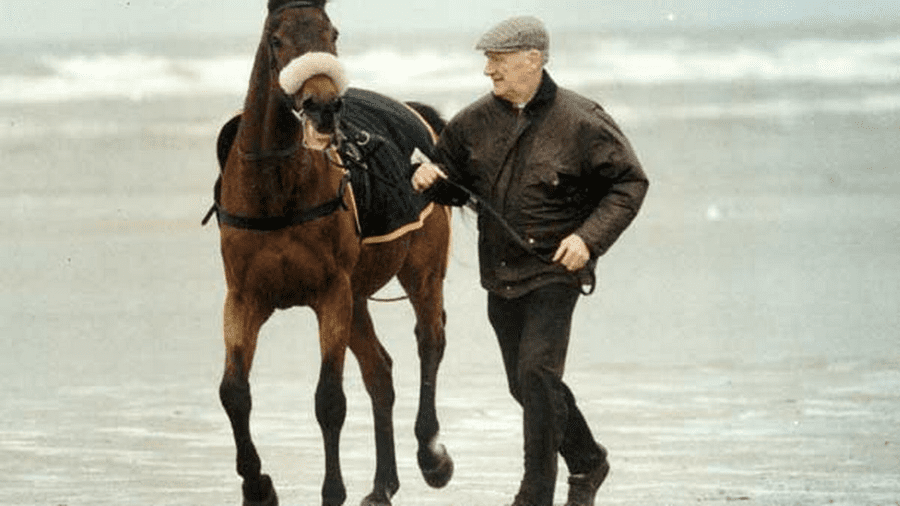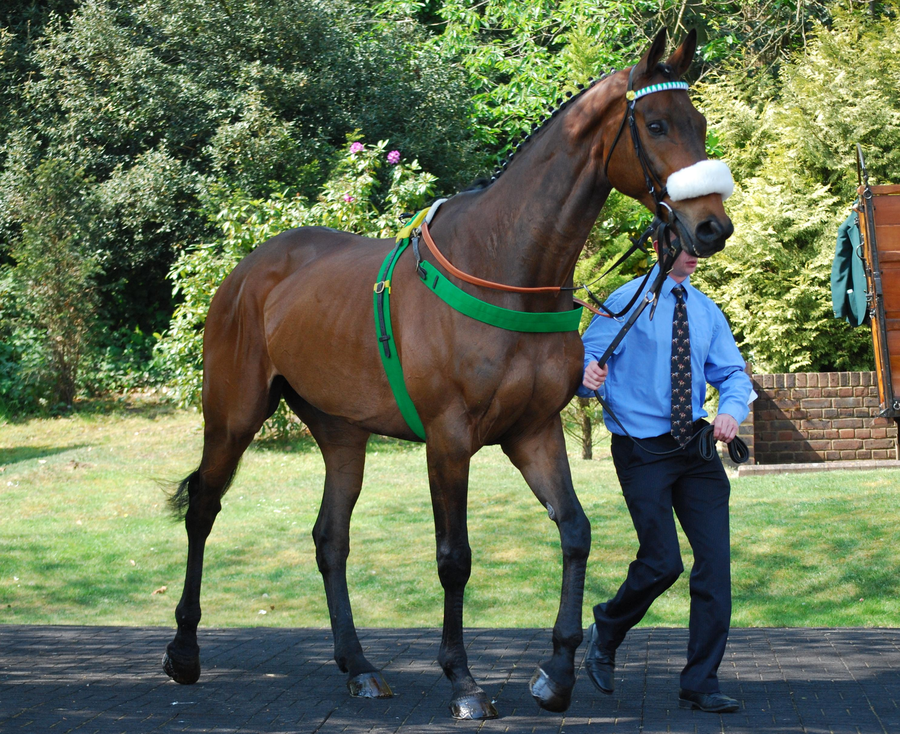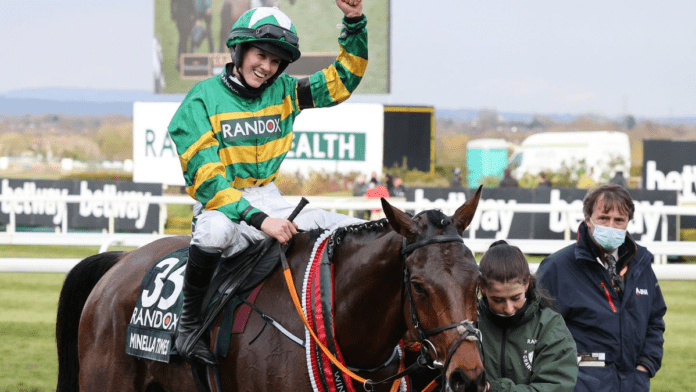‘The Steeple Times’ takes an early look at the Grand National 2022 and highlights some of this punchy race’s most curious moments
Getting the best offers for the Grand National 2022 is something that takes consideration, skill and determination. Watched supposedly by 500 million people across the world, this steeplechase is a marathon of 4 miles and 2½ furlongs and quite frankly represents the ultimate test of a racehorse’s skill, determination and stamina.
Won for the first time in 2021 by a female when Rachael Blackmore stormed into history for JP McManus on The Steeple Times’ selection Minella Times six-and-a-half lengths ahead of his nearest rival, this year’s outing will see a maximum of 40 runners battle over 30 fences and two laps for a punchy prize pot of £500,000.
Right now, the favourite to win on 9th April at Aintree looks to be Gordon Elliott’s Delta Work at 9/1 and whilst Minella Times is at 20/1, the Mirror suggested last week that his chances of striking again are looking good. Of the horse, his trainer Henry De Bromhead remarked: “Minella Times has been a little bit disappointing this year but he seems to be coming back to himself, so we are hoping he’s coming into form.”
Turning to curious moments in a controversial race that is both treasured by millions and criticised by animal rights activists, here is a spectacular spectacle that saw terror and the evacuation of the course in 1997 due to an IRA bomb threat and one that had just one of 42 runners finish in 1928.
In that particular episode of “calamitous” carnage, more than half the horses were party to a “mammoth pile-up” at the Canal Turn and put out of the race. The only ultimate finisher to cross the line, Tipperary Tim – bred in Ireland and named after a local marathon runner – had been tipped at 100/1 and described as a “hopeless scarecrow” with a “terrible racing record.”
Cancelled in 2020 due to the coronavirus pandemic lockdown, the 1929 Grand National was won to the “outrage” of purists by another 100/1 longshot, Gregalach, according to Andrew Ward in his seminal book Horse Racing’s Strangest Tales. Fascinatingly, the author observed also: “Between 1911 and 1933 only 115 out of 535 (21.5%) of horses completed the National course at Aintree, and some of those had been remounted.”
Whilst “the Cinderella story” of Red Rum’s three victories in 1973, 1974 and 1977 makes him undoubtedly the race’s most famous ever winner – described by David Ashforth in Fifty Shades Of Hay: The Extraordinary World of Racehorse Names as “like the Queen, a much loved national treasure, etched into the nation’s consciousness” – the 1991 winner Seagram, a horse “reminiscent of Red Rum,” won in a “victory that was not universally welcomed” in 1991.
Aptly, that year, the sponsor was the Canadian whisky maker, The Seagram Company. Of Seagram, the horse that is not the booze company, Ashforth mused: “This idiot author hoped that he wouldn’t win” after having “missed 33/1” and been “too irritated to take 16/1.”
Described as “the greatest sporting event in the world” in 1967 by the actor Gregory Peck – whose horse Different Class was favourite to win the 1968 race, but which was beaten into third when Red Alligator won by 20 lengths – the Grand National is the stuff that dreams are made of and in terms of owners, the most legendary has to be the late, great Trevor Hemmings CVO (1935 – 2021) given that he won in 2005 with Hedgehunter, in 2011 with Ballabriggs and in 2015 with Many Clouds.
We wish all readers good fortune on 9th April 2022 at Aintree at 5.15pm.
Pictured top – Rachael Blackmore made history in the 2021 Randox Grand National at Aintree when she became the first female jockey in history to win the race.












